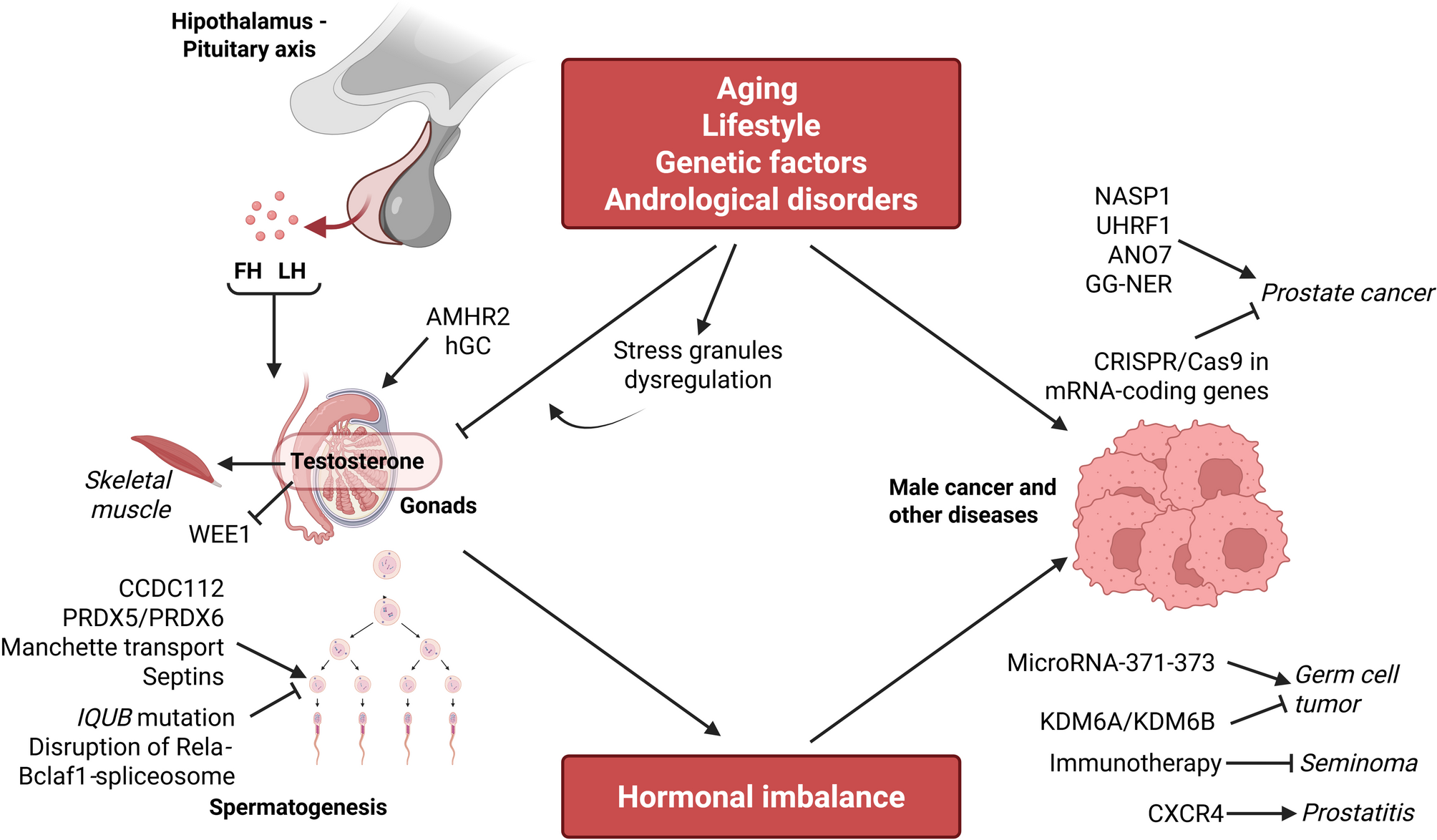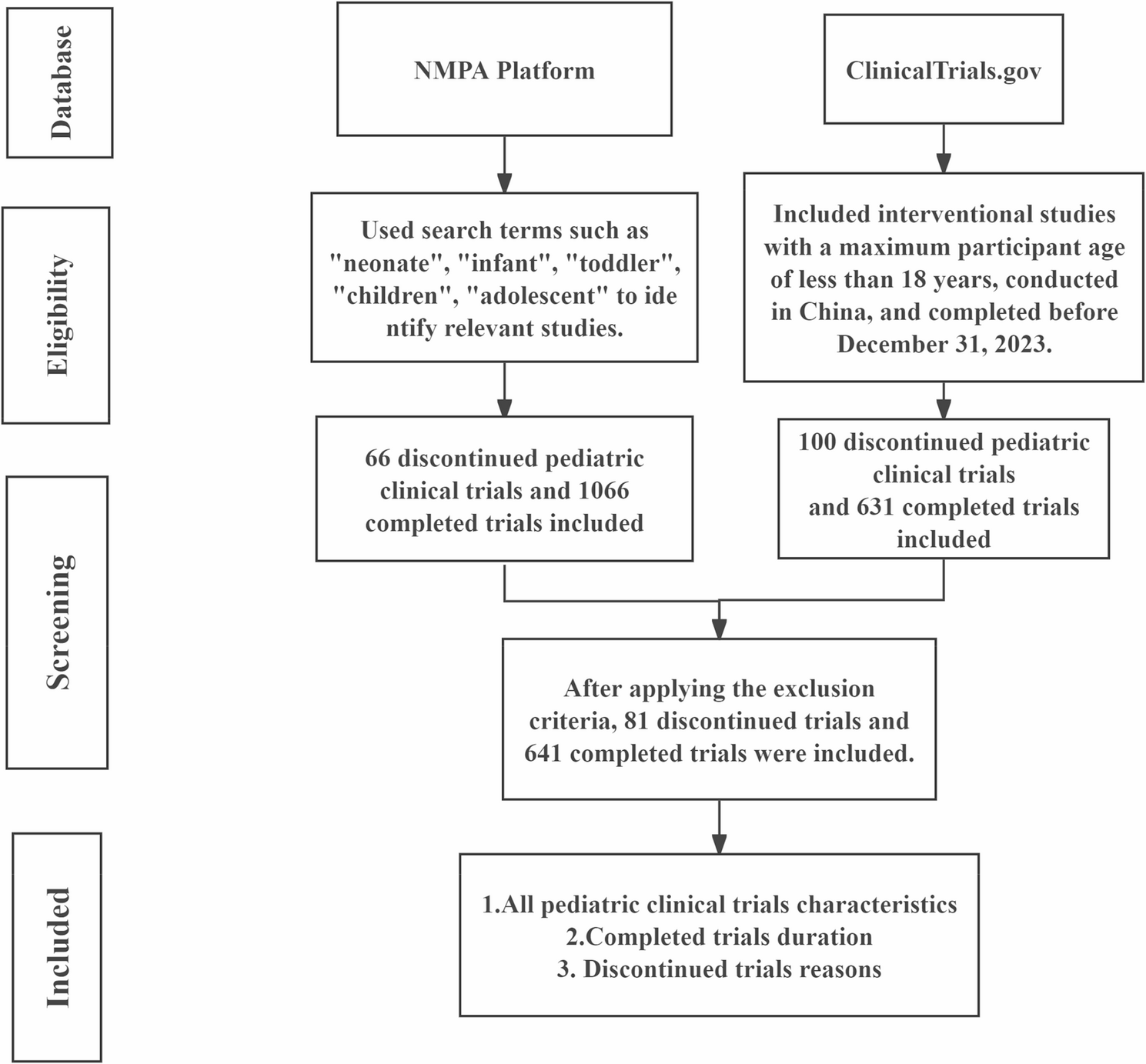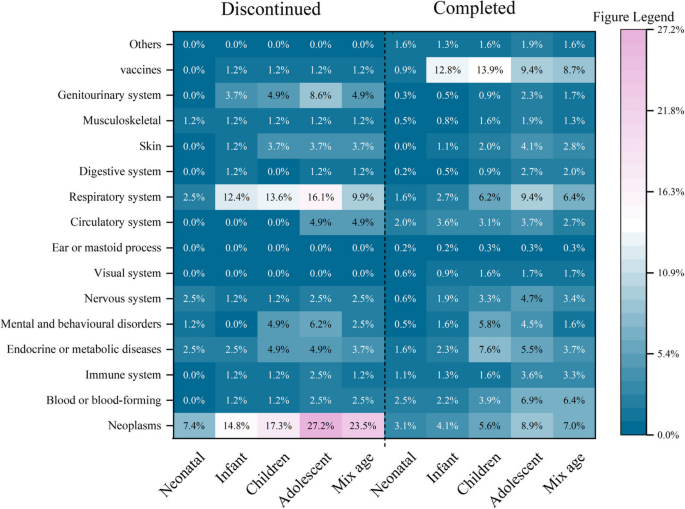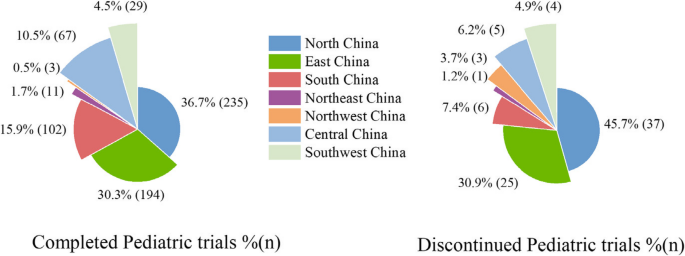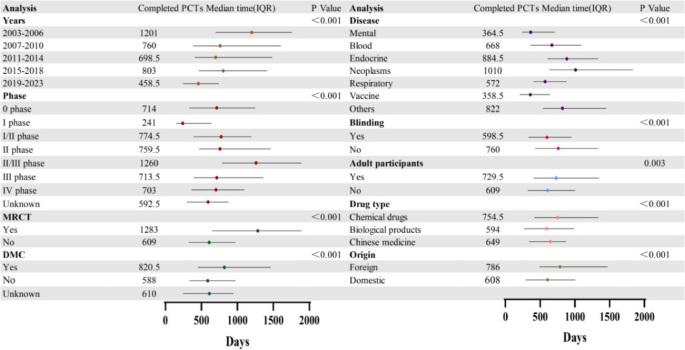Artificial intelligence (AI) could soon help anesthesiologists keep children safer in the operating room and improve their recovery with better pain management, suggests a systematic review presented at the ANESTHESIOLOGY® 2025 annual meeting.
Providing anesthesia care for children is especially challenging because their anatomy can vary dramatically, even among patients of the same age. The researchers found AI performed better than standard methods for determining the appropriate size and placement of breathing tubes, monitoring oxygen levels and assessing postoperative pain. AI consistently: improved the prediction, mitigation and management of complications; enhanced clinical accuracy and decision-making; and allowed anesthesiologists to intervene sooner when complications occurred.
Think of AI as the co-pilot, while the anesthesiologist makes all the final decisions. AI can continuously analyze thousands of data points in real time and learn patterns from past cases, spotting subtle changes sooner and helping tailor decisions to each child’s unique anatomy. However, it does not replace the anesthesiologist’s training and expertise; it simply adds another layer of safety and support.”
Aditya Shah, B.S., lead author of the study and medical student at Central Michigan University College of Medicine, Saginaw
The researchers analyzed 10 studies and found that AI tools were more effective than current screening/analysis methods. Although AI tools for pediatric anesthesia are still in the research stage, their significant benefits make it likely they will be incorporated into practice in the near future, Shah said.
The studies show AI can improve:
- Oxygen level monitoring: Anesthesiologists use monitors to track a child’s oxygen level in the blood, but alarms don’t go off until the levels are already dangerously low. The anesthesiologist must act immediately and only has seconds to prevent serious harm. Researchers trained AI systems to continuously analyze second-by-second data of oxygen levels from anesthesia machines based on more than 13,000 surgeries. The most efficient AI model analyzes the child’s breathing, oxygen and heart data in real time, spotting tiny changes that humans can’t detect. It can warn anesthesiologists up to 60 seconds before the standard alarm system sounds. This gives anesthesiologists an extra minute to adjust the ventilator, clear secretions or fix the airway problem before a child’s oxygen level becomes dangerously low, potentially preventing heart or brain injury. The difference is like putting out a fire as soon as it starts versus being warned when smoke first appears, Shah said.
- Postoperative pain assessment: Pain is challenging to assess in children, who often can’t communicate how they feel. Current methods are about 85%-88% accurate, including the FLACC scale (Face, Legs, Activity, Cry, Consolability), a 0-10 point tool that health care professionals use to assess pain in children based on what they observe, and the Wong-Baker scale, which shows a series of faces from smiling to crying that the child points to. Researchers recorded more than 1,000 pain assessments in 149 toddlers – such as crying, agitation, guarding of the throat and facial expressions – and trained an AI system to recognize which clues were most important for detecting pain. The AI tool measured children’s pain with 95% accuracy.
- Accuracy of breathing tube size and placement: The size of breathing tubes and depth of placement in the throat are critical to avoiding serious complications, including injuring the airway lining and providing inadequate levels of oxygen. Current formulas use the child’s age or height, but children’s anatomy can vary quite a bit. Various studies show AI can make this process more accurate. In a study of 37,000 children, machine-learning models (a type of AI) used patient characteristics to predict breathing tube size and depth far more accurately, reducing errors by 40%-50%.
“AI can offer personalized, real-time decision support to anesthesiologists, potentially reducing complications and outcomes in children, where precision is especially critical,” said Patrick Fakhoury, B.S., co-author and a medical student at Central Michigan University College of Medicine. “For parents, the real value of AI is peace of mind.”
Source:
American Society of Anesthesiologists

